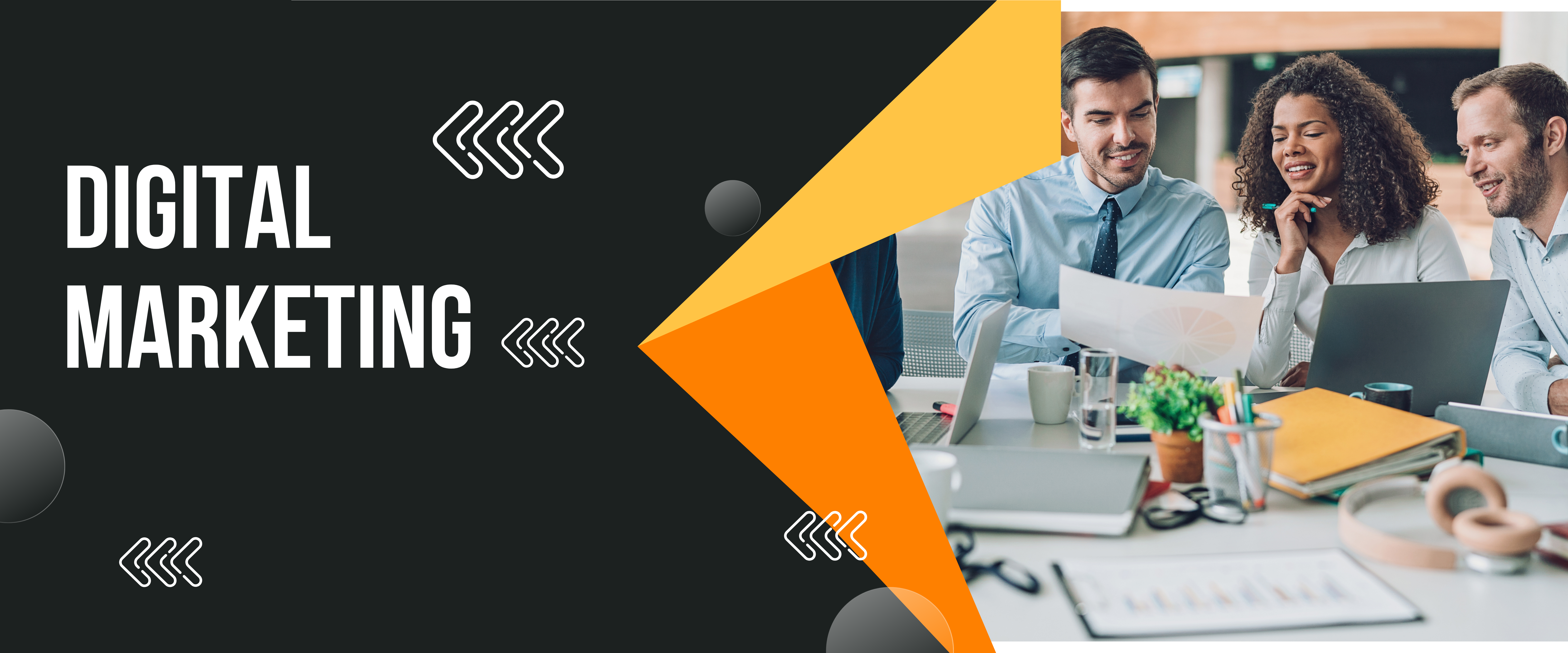Introduction
In today’s fast-paced digital world, businesses must adapt to stay competitive. One crucial aspect of modern business strategy is digital marketing. But what is digital marketing, and why is it essential for your business? This article will provide an in-depth look at digital marketing, its benefits, key components, and how you can leverage it to boost your business online.
What is Digital Marketing?
Digital marketing is the practice of promoting products, services, or brands through online channels. These channels include search engines, social media, email, websites, and mobile apps. Unlike traditional marketing methods, digital marketing allows businesses to reach a global audience with targeted messages, often at a lower cost.
Benefits of Digital Marketing
Wider Reach: Digital marketing enables businesses to reach a global audience. With billions of internet users worldwide, your potential customer base is vast.
Cost-Effective: Compared to traditional marketing methods, digital marketing is often more affordable. Online advertising platforms like Google Ads and social media ads offer budget-friendly options for businesses of all sizes.
Targeted Advertising: Digital marketing allows precise targeting based on demographics, interests, behaviors, and location. This ensures your marketing efforts are reaching the right people.
Measurable Results: One of the biggest advantages of digital marketing is the ability to track and measure results in real-time. Tools like Google Analytics provide detailed data on campaign performance.
Improved Engagement: Digital marketing offers various platforms for engaging with customers, such as social media, blogs, and email. This helps build stronger relationships and fosters customer loyalty.
Key Components of Digital Marketing
Search Engine Optimization (SEO)
SEO is the process of optimizing your website and content to rank higher in search engine results pages (SERPs). Higher rankings increase visibility and drive organic traffic to your site. SEO involves keyword research, on-page optimization, link building, and technical SEO.
Pay-Per-Click Advertising (PPC)
PPC involves paying for ads to appear on search engines, social media platforms, and other websites. Advertisers pay a fee each time their ad is clicked. PPC campaigns can drive targeted traffic to your website, making it a highly effective digital marketing strategy.
Content Marketing
Content marketing focuses on creating and distributing valuable, relevant, and consistent content to attract and engage a target audience. This can include blog posts, videos, infographics, and more. High-quality content helps establish your brand as an authority in your industry.
Social Media Marketing
Social media marketing uses platforms like Facebook, Instagram, Twitter, LinkedIn, and TikTok to promote products and services. It helps businesses engage with their audience, build brand awareness, and drive traffic to their websites.
Email Marketing
Email marketing involves sending targeted emails to a list of subscribers to promote products, share news, or nurture relationships. It is an effective way to keep your audience informed and engaged.
Affiliate Marketing
Affiliate marketing is a performance-based strategy where businesses reward affiliates (partners) for driving traffic or sales through their referral links. It leverages third-party websites and influencers to reach a broader audience.
Influencer Marketing
Influencer marketing involves partnering with individuals who have a large and engaged following to promote your products or services. Influencers can help you reach a targeted audience and build brand credibility.
Video Marketing
Video marketing uses video content to promote products, services, or brands. Videos are highly engaging and can effectively convey complex information. Formats include explainer videos, product demos, and tutorials.
Online Public Relations (PR)
Online PR involves managing a brand’s reputation and media presence through digital channels. Activities include press releases, media outreach, and guest blogging. Positive online PR can enhance your brand’s image and credibility.
Conversion Rate Optimization (CRO)
CRO focuses on improving the performance of your website or landing pages to increase the percentage of visitors who take desired actions, such as making a purchase or filling out a form. Techniques include A/B testing, user experience improvements, and landing page optimization.
Mobile Marketing
Mobile marketing targets users on mobile devices through SMS, MMS, mobile apps, and mobile-optimized websites. With the increasing use of smartphones, mobile marketing is essential for reaching consumers on the go.
Marketing Automation
Marketing automation uses software to automate repetitive marketing tasks and workflows. It helps streamline marketing processes, personalize customer interactions, and improve efficiency. Tools include email automation, lead nurturing, and CRM integration.
Implementing a Digital Marketing Strategy
To create a successful digital marketing strategy, follow these steps:
Define Your Goals: Determine what you want to achieve with digital marketing, such as increasing brand awareness, driving website traffic, or generating leads.
Identify Your Target Audience: Understand who your ideal customers are, including their demographics, interests, and online behaviors.
Choose the Right Channels: Based on your goals and target audience, select the most appropriate digital marketing channels. This could include a combination of SEO, PPC, social media, email marketing, and more.
Create Engaging Content: Develop high-quality, relevant content that addresses your audience’s needs and interests. This could include blog posts, videos, infographics, and more.
Optimize Your Website: Ensure your website is user-friendly, mobile-responsive, and optimized for search engines. This will help improve your rankings and provide a better experience for visitors.
Track and Analyze Performance: Use analytics tools to monitor the performance of your digital marketing campaigns. Analyze the data to identify what’s working and make adjustments as needed.
Adjust and Improve: Continuously optimize your digital marketing efforts based on performance data. This may involve tweaking your strategies, updating your content, or experimenting with new channels.
Conclusion
Digital marketing is an essential component of any modern business strategy. By leveraging various digital channels and techniques, you can reach a wider audience, engage with customers, and drive business growth. Whether you’re a small business or a large corporation, digital marketing offers scalable solutions that can help you achieve your goals. Start implementing digital marketing strategies today and see the transformative impact on your business.


